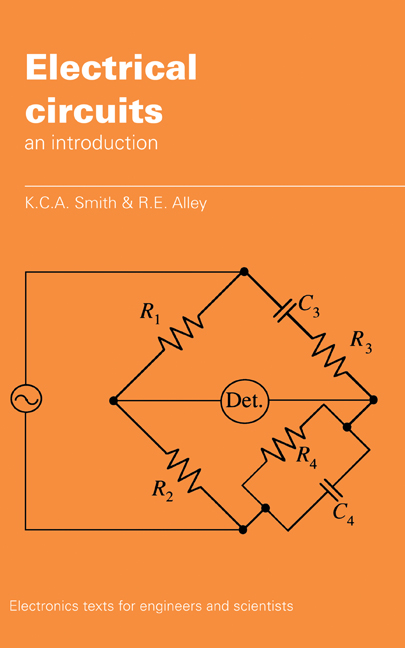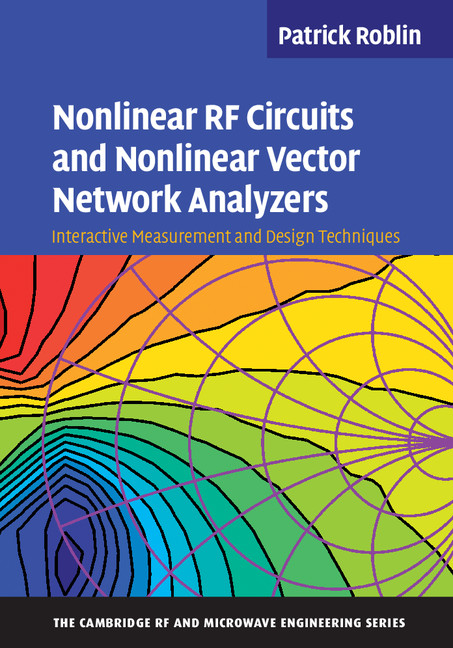Integration of Passive RF Front End Components in SoCs
Examining the most important developments in highly integrated wireless RF front-ends, this book describes and evaluates both active and passive solutions for on-chip high-Q filtering, and explores M-phase filters in depth. An accessible step-by-step approach is used to introduce everything an RF designer needs to know about these filters, including their various forms, principles of operation, and their performance against implementation-related imperfections. Real-world examples are described in depth, and detailed mathematical analyses demonstrate the practical quantification of pertinent circuit parameters.
- Presents the most important and most recent developments, highlighting useful and relevant techniques
- Considers active blocker cancellation techniques in addition to passive filter techniques
- Includes a detailed discussion of imperfect operation arising from non-ideal implementation
Product details
February 2013Hardback
9780521111263
200 pages
253 × 177 × 12 mm
0.56kg
110 b/w illus. 3 tables
Available
Table of Contents
- 1. Introduction to highly integrated and tunable RF receiver front ends:
- 1.1. Introduction
- 1.2. Front-end integration challenges and system requirements
- 1.3. 2G receiver SAW elimination
- 1.4. 3G receiver SAW elimination
- 1.5. Summary and conclusions
- 2. Active blocker-cancellation techniques in receivers:
- 2.1. Introduction
- 2.2. Concept of receiver translational loop
- 2.3. Nonideal effects
- 2.4. Circuit implementations
- 2.5. Measurement results
- 2.6. Feedback blocker-cancellation techniques
- 2.7. Summary and conclusions
- 3. Impedance transformation: Introduction to the simplest on-chip SAW filter
- 3.1. Introduction
- 3.2. Impedance transformation by a 50% passive mixer
- 3.3. Application as on-chip SAW filter
- 3.4. Impact of harmonics on the sharpness of the proposed filter
- 3.5. Differential implementation
- 3.6. Summary and conclusions
- 4. Four-phase high-Q bandpass filters:
- 4.1. Introduction
- 4.2. Impedance transformation by a four-phase filter
- 4.3. Differential implementation of four-phase high-Q bandpass filter
- 4.4. Application as an on-chip SAW filter
- 4.5. Impact of harmonics on the sharpness of the proposed filter
- 4.6. Four-phase high-Q bandpass filter with a complex baseband impedance
- 4.7. Four-phase high-Q bandpass filter with quadrature RF inputs
- 4.8. Harmonic upconversion and downconversion
- 4.9. A SAW-less receiver with on-chip four-phase high-Q bandpass filters
- 4.10. Summary and conclusions
- 5. M-phase high-Q bandpass filters:
- 5.1. Introduction
- 5.2. Impedance transformation by M-phase filters
- 5.3. Differential implementation of M-phase high-Q filter
- 5.4. Application as an on-chip SAW filter
- 5.5. Impact of harmonics on the sharpness of the M-phase bandpass filter
- 5.6. M-phase high-Q filter with complex baseband impedances
- 5.7. M-phase high-Q bandpass filter with quadrature RF inputs
- 5.8. M-phase high-Q bandpass filter with N-phase complex bandpass filters
- 5.9. Harmonic upconversion
- 5.10. Summary and conclusions
- 6. Design of a superheterodyne receiver using M-phase filters:
- 6.1. Introduction
- 6.2. Proposed superheterodyne receiver architecture
- 6.3. Design and implementation of the receiver chain
- 6.4. Measurement results
- 6.5. Summary and conclusions
- 7. Impact of imperfections on the performance of M-phase filters:
- 7.1. Introduction
- 7.2. Mathematical background
- 7.3. LO phase noise
- 7.4. Second-order nonlinearity in the switches of the bandpass filter
- 7.5. Quadrature error in the original 50% duty-cycle clock phases
- 7.6. Harmonic downconversion
- 7.7. Thermal noise of switches
- 7.8. Parasitic capacitors of switches
- 7.9. Switch charge injection
- 7.10. Mismatches
- 7.11. Summary and conclusions
- 8. M-phase filtering and duality:
- 8.1. Introduction
- 8.2. Dual of an electrical circuit
- 8.3. Dual of M-phase filter
- 8.4. Dual of M-phase high-Q filter with complex baseband impedances
- 8.5. Summary and conclusions
- Appendix
- References
- Index.









